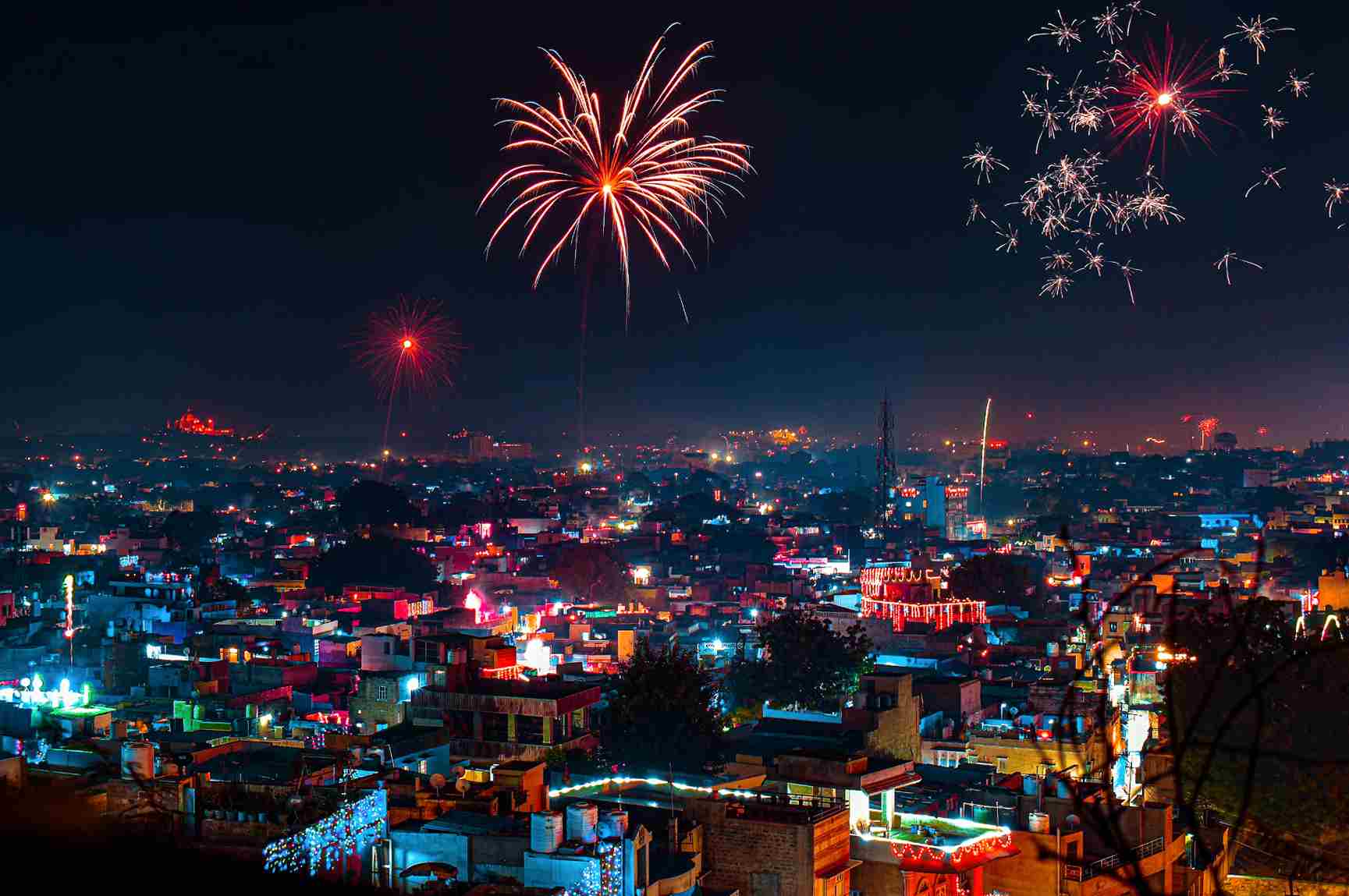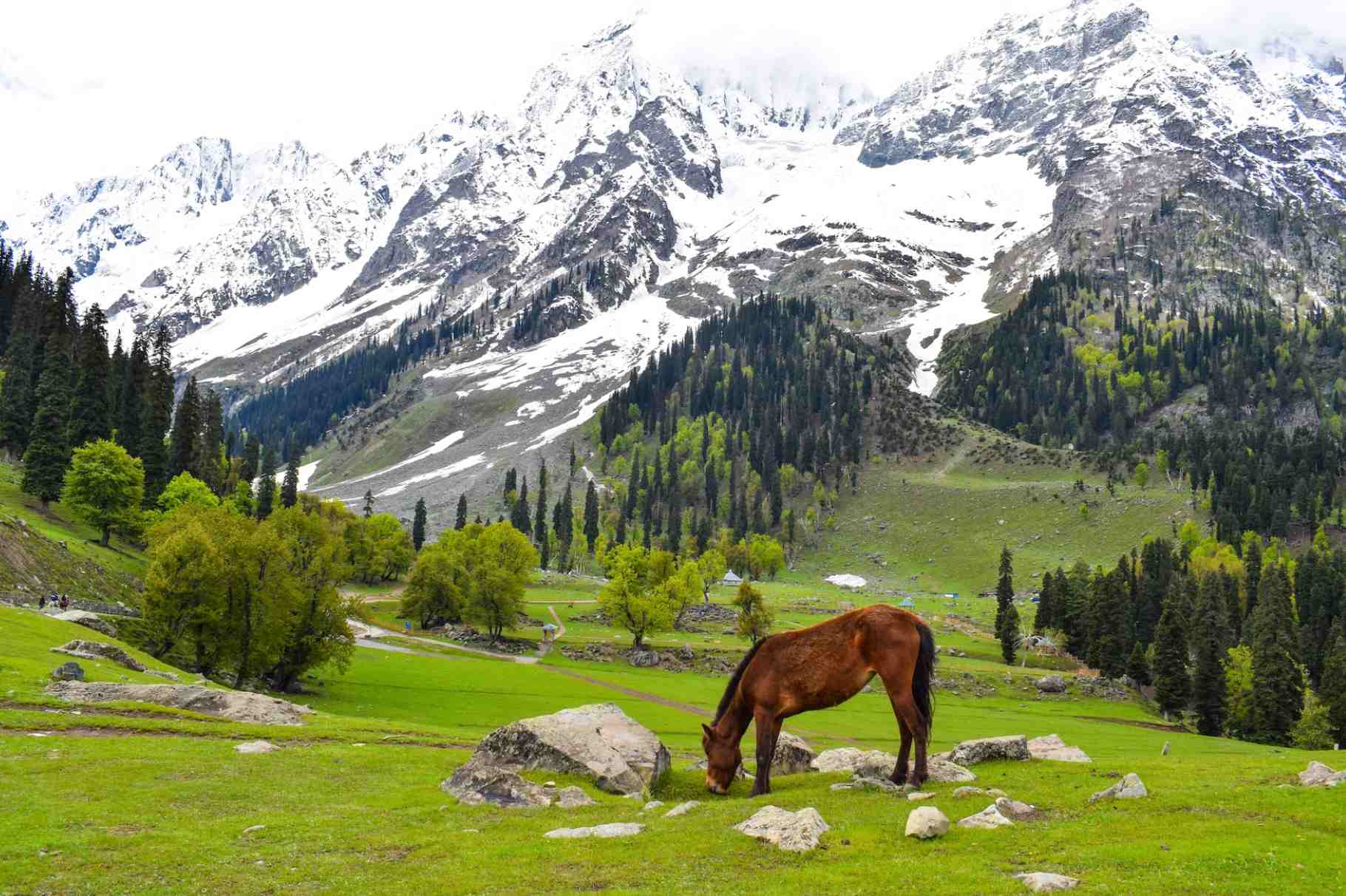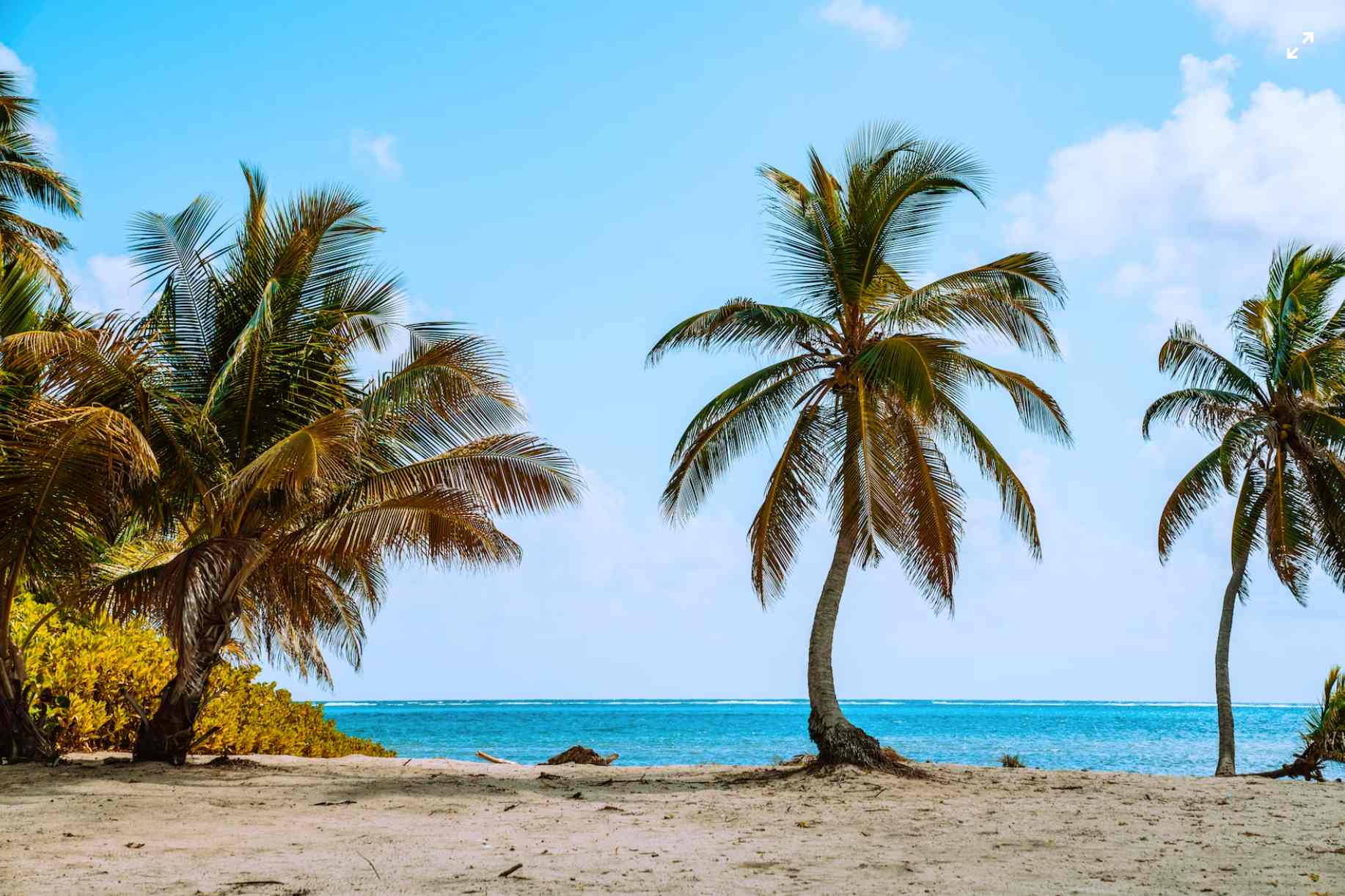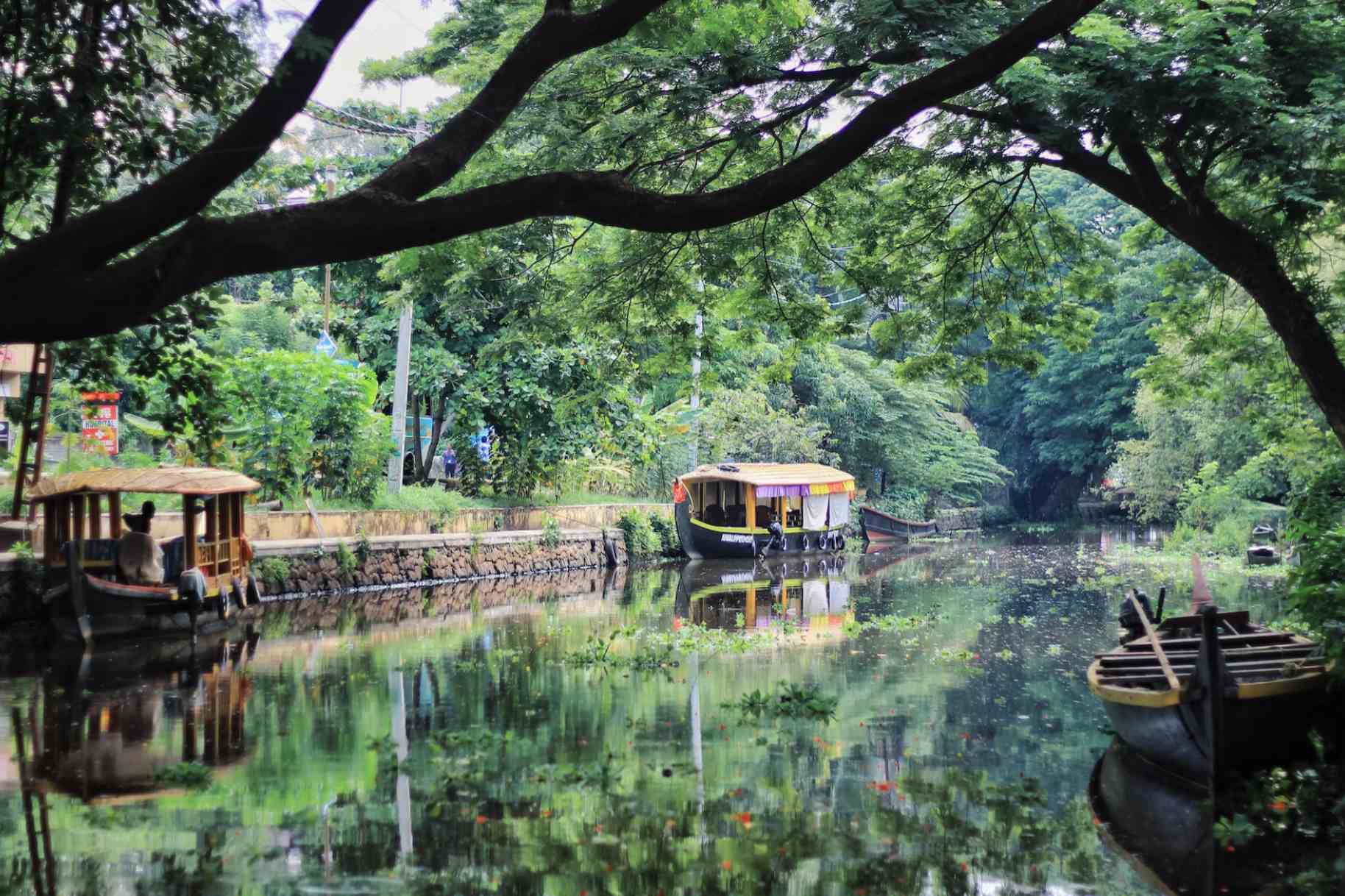Top travel trends in India: A Sneakout research
India is a country known for its diverse culture, rich heritage, and unique experiences. With the advent of technology and the ease of travel, the travel industry in India has seen a massive boost in recent years. The COVID-19 pandemic has affected the industry, but as the world gradually reopens, travel enthusiasts are looking forward to exploring new destinations and experiences. In this Sneakout research blog, we will take a sneak peek at the top travel trends in India, including statistics.
Domestic travel is on the rise
As international travel restrictions and safety concerns continue to persist, domestic travel has gained prominence. According to a survey conducted by Airbnb, 66% of Indian travelers prefer domestic travel, and 67% prefer to stay within driving distance of their homes. As per a report by OYO, 2021 saw a 25% increase in domestic bookings compared to 2019.
Offbeat destinations are in demand
Tourists are increasingly looking for unique and offbeat experiences, away from crowded tourist destinations. According to a survey by Booking.com, 66% of Indian travelers visit lesser-known destinations in 2021. These destinations offer a chance to explore local culture and traditions, and also promote sustainable tourism.
Wellness and health-focused travel
The pandemic has led to a shift in priorities, with people prioritizing health and wellness. According to a survey by MakeMyTrip, 65% of Indians are interested in wellness and health-focused travel. This includes activities like yoga retreats, spa and wellness resorts, and meditation camps.
Workations and extended stays
Remote work has become the norm for many people, and this has led to the rise of workations - a combination of work and vacation. People are increasingly looking for destinations where they can work remotely while enjoying the local culture and attractions. According to a report by OYO, there was a 30% increase in bookings for extended stays in 2021.
Solo travel
Solo travel has gained popularity among Indians, with more people seeking to explore destinations on their own terms. According to a survey by Airbnb, 72% of Indian travelers are comfortable with solo travel. This trend is particularly popular among women, with an increasing number of female travelers venturing out on their own.
Contactless travel
The pandemic has led to a focus on safety and hygiene, and this has translated into the travel industry as well. Contactless travel, including online check-ins, digital payments, and touchless services, has become the norm. According to a survey by Booking.com, 60% of Indian travelers prefer accommodations that offer contactless experiences.
Sustainable travel
Sustainable travel is becoming increasingly popular among Indian travelers, with a focus on eco-tourism, adventure tourism, and cultural tourism. As travelers become more conscious of their impact on the planet and local communities, sustainable travel is likely to become a major trend in the coming years. Sneakout has identified four different types of popular sustainable travel.
Increase in sustainable travel bookings
According to a survey conducted by Booking.com, 62% of Indian travelers are likely to choose sustainable travel options in 2021. In addition, there has been a 130% increase in bookings for sustainable accommodations in India from 2018 to 2019, as per a report by Booking.com.
Eco-tourism destinations are gaining popularity
Eco-tourism destinations, which offer a chance to experience nature and wildlife while promoting conservation efforts, are becoming increasingly popular among Indian travelers. According to a report by MakeMyTrip, 45% of Indians prefer eco-tourism destinations for their next vacation. Some popular eco-tourism destinations in India include the Periyar Wildlife Sanctuary in Kerala, Jim Corbett National Park in Uttarakhand, and the Kaziranga National Park in Assam.
Sustainable adventure tourism
Adventure tourism, which includes activities like trekking, mountaineering, and river rafting, is also becoming more sustainable. Tour operators are now focusing on minimizing the environmental impact of these activities while also promoting conservation efforts. For instance, some trekking companies in the Himalayas are promoting sustainable practices like using reusable water bottles and leaving no trace behind.
Sustainable cultural tourism
Cultural tourism, which involves visiting cultural and historical sites, is also becoming more sustainable. Tour operators are now focusing on promoting responsible tourism practices, such as supporting local artisans and businesses, respecting local customs and traditions, and minimizing the impact on historical sites. For instance, the Mehrangarh Fort in Jodhpur has implemented a sustainable tourism policy that includes waste management, water conservation, and supporting local communities.
In conclusion, the travel industry in India is constantly evolving, with new trends and preferences emerging among travelers. The pandemic has led to a shift in priorities, with travelers seeking unique experiences, safety, and wellness. As the industry adapts to these changing trends, it offers exciting opportunities for travelers to explore new destinations and experiences.



























































































































































































































































